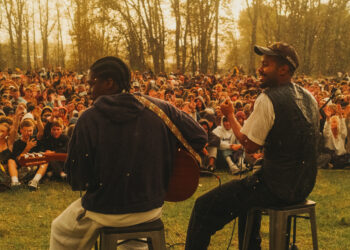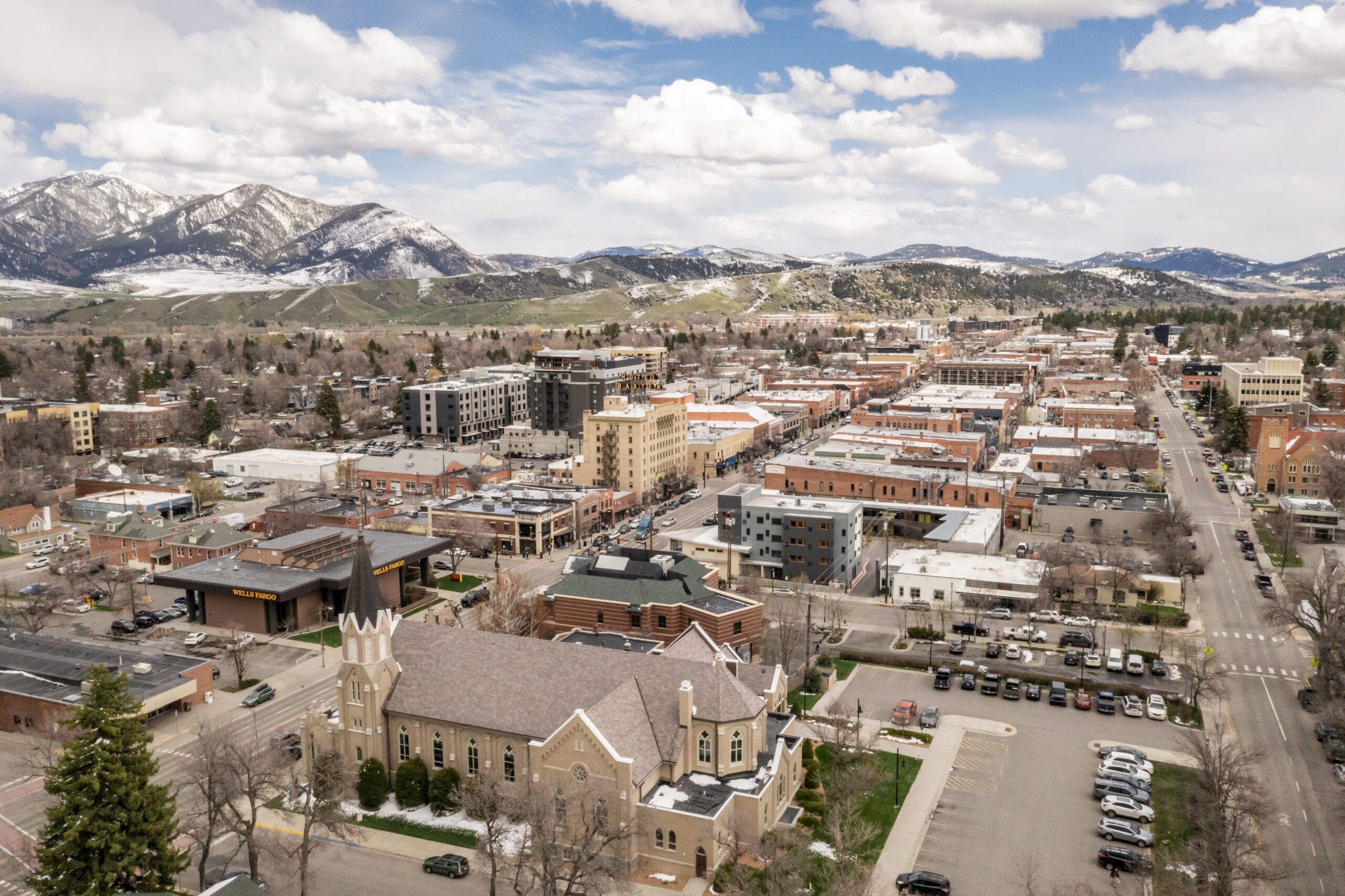
If you’re feeling frustrated these days by the federal government, or disappointed by the crass pettiness and ineptitude of Congress, your angst won’t seem nearly so unbearable once you consider the heartbreaking tale of John Mix Stanley.
According to lauded American art historian Peter Hassrick, Stanley today could very well have been remembered as the most important historical painters of the West who ever lived.
He certainly amassed a body of work that put him in contention for that immortal title, Hassrick shared with me not long ago.
Hailing from upstate New York and later basing himself in Detroit, Michigan, Stanley (1814-1872) had a passionate fascination with native people and wildlife inhabiting lands west of the Mississippi River.
His primary focus was faithfully chronicling American Indian culture and ancient tribal lifeways before they were obliterated by white settlement.
Called an “artist-adventurer,” Stanley was largely self-taught as a painter and benefitted from incredible timing, tagging along as an official expedition artist on several explorations of what would become Colorado, the desert Southwest, California, the Pacific Northwest, and finally our corner of the high plains and Northern Rockies.
More than a mere documentarian as the better-known painter George Catlin was, Stanley was a true artist. The scope and range of his work put him into a category by himself, notes Hassrick, director emeritus of the Buffalo Bill Center of the West in Cody, Wyoming, which staged a major Stanley retrospective, “Painted Journeys: The Art of John Mix Stanley” a couple of summers ago. Hassrick was instrumental in assembling it and penned a corresponding book.
The Whitney Gallery at the Buffalo Bill Center and the National Museum of Wildlife Art in Jackson, Wyoming, are two museums that each have fine examples of Stanley’s work and worth seeing.
So touted was Stanley’s interpretive talents that in 1854 his paintings were exhibited in New York, London, Baltimore and at the Smithsonian in Washington D.C.
Despite a long list of notable people, including painters Seth Eastman and Alfred Jacob Miller, who believed Stanley’s artworks were “national treasures” worthy of acquisition by the American public for posterity, Congress balked.
Southern politicians—today they would find kinship in the dingbat values of Tea Party politicians—said tax money should not be spent amassing public art collections, Hassrick says. Three times, the federal government and Congress led Stanley along, and then declined purchase. The artist was frustrated to no end.
At last, in 1865, he was in final negotiations with the state of Michigan to take ownership. Just as he was making arrangements to have the artworks shipped by rail to Detroit, he got word that the entire corpus at the Smithsonian was lost in a fire. None were insured.
The ultimate indignity was that earlier, as Congress strung Stanley along, the artist became desperate for cash as he waited. He borrowed money from the Smithsonian’s director, promising to pay what he owed when the paintings were sold. After their destruction in the Smithsonian fire, Stanley had to produce and sell new works just to get out of that debt.
He died in 1872, some of his greatest masterworks gone as if they never existed. “His heart had been broken, his dreams shattered, and his future diminished by the loss at the Smithsonian,” Hassrick said. Even so, a remarkable legacy of his travels and of nearly 230 paintings and drawings remain today. “Some are significant and some are quite remarkable.”
Hassrick says those pieces offer insight into Stanley’s brilliance and yet make the loss of the original mother lode in the Smithsonian fire all the more tragic.
At the National Museum of Wildlife Art, you can view a scene that was painted in eastern North Dakota, its inspiration captured in Stanley’s diary description:
“About five miles from camp we ascended to the top of a high hill, and for a great distance ahead every square mile seemed to have a herd of buffalo upon it. Their number was variously estimated by the members of the party, some as high as half a million. I do not think it is any exaggeration to set it down at 200,000. I had heard of the myriads of these animals inhabiting these plains, but I could not realize the truth of these accounts till to-day, when they surpassed anything I could have imagined from the accounts which I had received.”
Todd Wilkinson has been a journalist for 30 years. He writes his New West column every week, and it’s published on explorebigsky.com on EBS off weeks. Wilkinson authored the recent award-winning book “Grizzlies of Pilgrim Creek: An Intimate Portrait of 399, the Most Famous Bear of Greater Yellowstone,” featuring 150 astounding images by renowned American nature photographer Thomas Mangelsen. His article on climate change, “2067: The Clock Struck Thirteen,” appears in the winter 2017 edition of Mountain Outlaw magazine, on newsstands now. The New West also appears every week at thebullseye.media.













